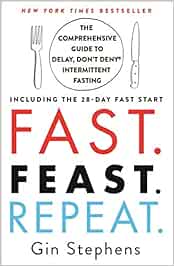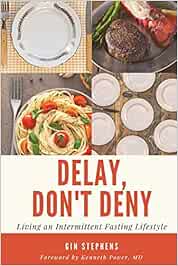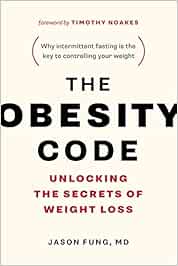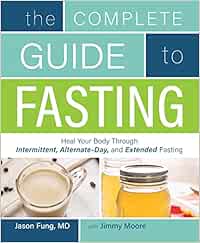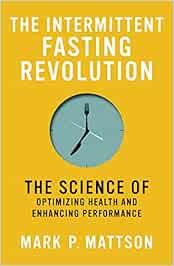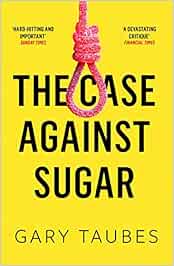
© Andrey Cheremskoy, 2022-07-30
What did cause this?
Not once when faced with a problem we tend to come to a superficial conclusions that may be far away from the underling causes of the issue. This can be seen in almost any human endeavor, particularly in scientific research, in engineering, such as software programming or electronics, in medicine etc. Hence, comes the need for finding a root cause of the problem which allows to come up with a core explanation of the phenomenon at play.
There are a number of ways to uncover a root cause of the problem, for example there is a Root Cause Analysis (RCA) techniques that provide heuristics of how to search for a possible root cause or causes of the issue at hand. Ishikawa diagrams also known as fishbone diagrams is one such example of using root cause analysis that is used to uncover potential causes of certain events and it is used in industry for quality control.
Some examples
As it was mentioned root cause analysis is very useful in engineering, such as hardware development and software programming. In these fields it’s rarely the case that a systems that was implemented works for the first time it is used. Probably, you’ve heard about the phrase Smoke Testing, which is used in IT world, but it comes from electrical engineering. And it is not a coincidence that it mentions smoke, since it’s almost always the case that a system will behave in an erratic manner when used for the first time.
For example, software programmers are known to use Debugging Tools in search for defects in software, which are informally known as bugs. And Quality Control engineers, or software testers find and report these bugs as a way of living. The same is true about hardware, where even a small part, such as resistor that goes awry can cause a whole module to fail in unexpected manner.
When root cause can be misleading?
It is then reasonable to ask whether the existing root cause is the only one possible to explain the issue? This is a good question. It happens that sometimes due to an existing status quo among experts we may tend to think that the root cause is known very well and there is no need to look for it any longer. This is a dangerous situation and it happened a lot throughout human history when experts insisted that there is no other root cause and hence there is no need to search for one.
For example, physicists in the end of 19th century believed that there is nothing new left to discover in physics and what’s left are small unresolved phenomena, but then came the mystery of the black body radiation which was a door into quantum mechanics physics of 20th century.
Another example is from medicine. It was long accepted that the root causes of obesity were the larger number of consumed calories over expanded ones and a lack of exercises, while we now know that a true root cause was a high level of insulin hormone, which was caused by frequent meals and high consumption of processed food, particularly sugar.
Conclusion
In summary, it is important not only to strive to find the root cause of an issue it is also important to check whether an existing explanation of the phenomenon is the one that explains all available evidence in the best possible way.




